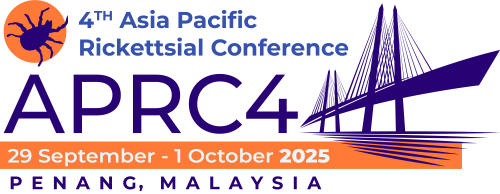Serological Diagnosis of Rickettsial Diseases at the Institute for Medical Research, Malaysia
Introduction Serological methods are widely employed as diagnostic tools for rickettsial diseases in Southeast Asia. In Malaysia, the Institute for Medical Research (IMR) plays a pivotal role in the diagnostic landscape, serving as the national reference centre for diagnostics under the Ministry of Health. This study aims to present the findings of a six-year analysis of rickettsial seropositivity in Malaysia. Methods In IMR, the indirect immunoperoxidase (IIP) test was routinely utilized from the early 1990s until 2024 for the detection of immunoglobulin M (IgM) and immunoglobulin G (IgG) antibodies against rickettsial agents, including Orientia tsutsugamushi (scrub typhus, ST), typhus group rickettsiae (TGR), and spotted fever group rickettsiae (SFGR). The antigens used for the IIP test comprised a mixture of O. tsutsugamushi serotypes (Karp, Kato, and Gilliam), Rickettsia typhi (Wilmington strain) for TGR, and a representative SFGR strain (TT118). The IIP test was implemented in four major hospital laboratories across Peninsular Malaysia, covering the northern, central, east coast, and southern regions. The IMR processed specimens from East Malaysia and private healthcare institutions nationwide. A total of 3228 sera collected between 2016 and 2021 were tested using IIP. Demographic patterns were analyzed according to year, region, gender, and age group. Results For both IgM and IgG antibodies, ST demonstrated the highest number of seropositivity cases over the six-year period, followed by TGR and SFGR, respectively. All five regions in Malaysia were significantly associated with IgM seropositivity for ST, TGR, and SFGR. IgM seropositivity for SFGR was significantly higher in females. Age group 41–65 years was highly associated with IgG seropositivity for ST, TGR, and SFGR. Discussion/Conclusion The six-year analysis of ST, TGR, and SFGR seropositivity in Malaysia emphasizes regional and demographic disparities. In addition, the study highlights the value of serological data in uncovering the hidden burden of disease in Malaysia. Moving forward, ongoing efforts include implementing indirect immunofluorescence assay, decentralizing testing, and integrating molecular testing as approaches to enhancing diagnostic accuracy.
